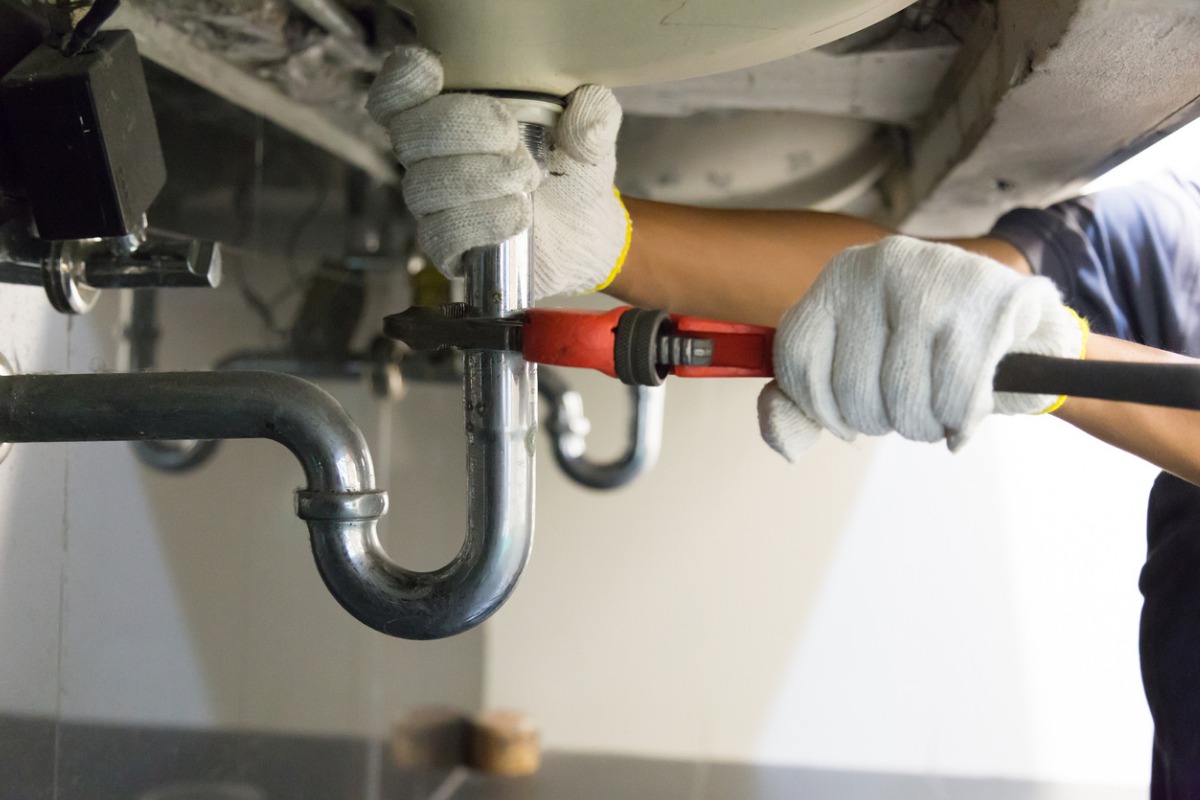Specialist Drain Cleaning Alabaster AL to Keep Your Water Lines Flowing
Wiki Article
A Step-by-Step Guide to Reliable Hot Water Heater Installation for Ideal Performance
Starting the job of setting up a water heating unit is a venture that demands accuracy and a systematic strategy for accomplishing optimum performance. The procedure starts with the crucial decision of selecting the suitable heater customized to the particular requirements of your household, considering factors such as energy, type, and dimension resource. As soon as chosen, preparing the setup location to satisfy security standards is paramount. However, the journey does not end here. As you continue, the details of attaching water supply lines and establishing trusted electric or gas connections wait for, encouraging insights right into making certain performance and integrity.Choosing the Right Hot Water Heater

Following, think about the size and ability of the water heating system. It's essential to assess your household's warm water demands, which can differ based on the number of passengers and their usage patterns. A device that's as well tiny might lead to insufficient warm water, while an extra-large design may cause unneeded power intake.
Effectiveness rankings also play a critical role in choice. Search for hot water heater with high Power Aspect (EF) rankings, showing premium efficiency and decreased energy usage. Tankless designs, though typically a lot more pricey upfront, offer significant power financial savings with time due to their on-demand heating capacities.
Preparing the Installment Location
Before installing a new water heating system, precise prep work of the installment area is crucial. It's essential to determine the space meticulously to suit the water heater's dimensions, making certain adequate clearance around the device for efficient operation and servicing.Examine the flooring for security, as the water heater will require a solid, level surface to operate effectively. If needed, install a drip pan below the system to capture potential leaks or spills, preventing water damages to the surrounding location.
Furthermore, make sure that all essential tools and materials get on hand prior to beginning the installation. This includes things such as wrenches, screwdrivers, a level, and any type of extra hardware needed for placing and safeguarding the heating system. A well-prepared setup area establishes the structure for an effective hot water heater arrangement, optimizing performance and security.
Connecting Supply Of Water Lines
When connecting water system lines to your recently mounted hot water heater, it is critical to guarantee that all connections are protected and leak-free to maintain reliable procedure and stop water damage. Begin by determining the hot and cool water supply lines. The cool water inlet is normally noted with a blue tag or a "C", while the warm water electrical outlet is noted with a red label or an "H".Usage flexible water heating unit connectors to promote a much easier installation procedure. Prior to connecting the adapters, put a plumbing technician's tape around the threaded ends of the water heater's inlet and electrical outlet pipes.
As soon as connections remain in place, slowly switch on the primary supply of water valve. Examine each link for leaks by aesthetically feeling and inspecting for moisture. Tighten up links as required, and make certain the stress safety valve is correctly set up, protecting versus too much pressure build-up.
Establishing Up Electrical or Gas Connections
Effectively setting up the electric or gas links for your water heater is a crucial step to make certain reliable and safe operation. For electric water heaters, begin by validating that the electrical circuit is suitable with the heating system's voltage and amperage requirements.For gas water heating systems, security is extremely important. Link the gas line to the water heater utilizing an adaptable gas adapter, guaranteeing it is correctly threaded and sealed with pipeline joint compound or Teflon tape appropriate for gas links.
When connections are made, inspect for any potential leakages. For gas lines, apply a soapy water service to the joints; bubbles indicate a this article leakage. For electrical links, confirm that all wiring is safe and secure and correctly protected, keeping compliance with neighborhood electric codes.
Readjusting and checking for Effectiveness
With the electrical and gas connections securely in place, the following step is reviewing the functional performance of your water heater. Begin by very carefully turning on the water supply and guaranteeing there are no leakages at any of the shutoffs or joints.Next, carry out an extensive evaluation to guarantee the burner or burner are operating properly. For electrical heating units, make use of a multimeter to validate if the elements are attracting the ideal present. In gas designs, observe the heater fire; it should be constant and blue, showing effective burning.
Readjust the settings as essential to eliminate ineffectiveness. Take into consideration executing insulation steps, such as including a hot water heater covering, to better enhance efficiency by decreasing warm loss. In addition, examine the anode rod's condition, as a worn-out rod can decrease effectiveness and cause tank deterioration.
Conclusion
Efficient water click site heating system installment is important for making sure optimal efficiency and power cost savings. Safely linking water supply lines and carefully setting up electrical or gas connections decrease possible problems.
Properly setting up the electrical or gas connections for your water heating system is an essential step to ensure risk-free and efficient operation. For electrical water heaters, start by confirming that the electrical circuit is compatible with the heating unit's voltage and amperage demands. Link the gas line to the water heating system using a versatile gas connector, guaranteeing it is properly threaded and sealed with pipeline joint substance or Teflon tape ideal for gas connections.
Report this wiki page